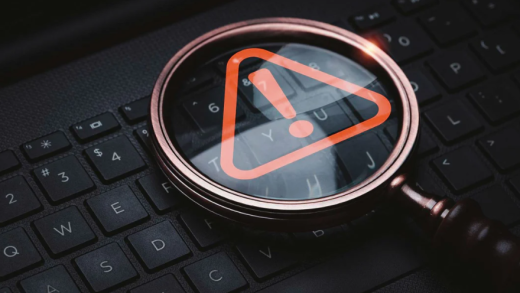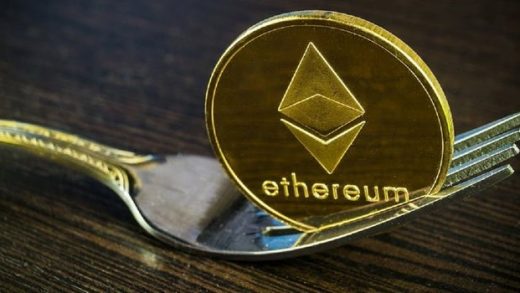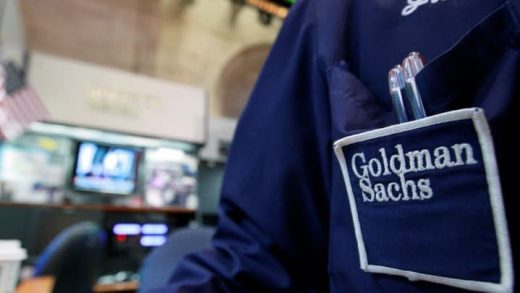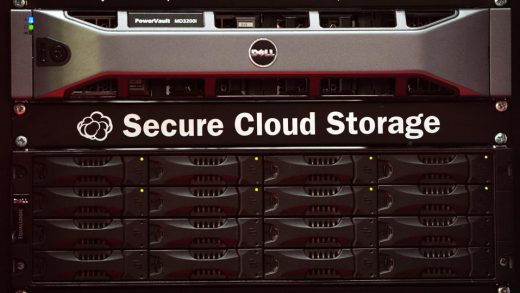
While NFTs are certainly on the rise, a large share of these blockchain-based collectibles that we’re seeing on the market still face two major limitations. First, are these supposedly unique NFTs provably rare? Rarity is what gives NFTs their value and it is much harder to guarantee than most people realize. The second key factor is whether NFTs can actually interact with the real world to unlock novel gameplay and incentive mechanisms. Only when we move beyond static digital collectibles to truly dynamic NFTs will the blockchain ecosystem and the world realize the true value of this new unique asset class.
Why Provable Randomness Is Half the Equation With NFTs
Many NFTs, especially those that are collected through randomized “drops”, such as virtual trading cards, or in-game items, gain a significant amount of their value through their perceived rarity. Just as is the case with real trading cards, the lottery-like process of opening a pack in the hopes of finding a rare item is highly alluring, because it means anyone and everyone has a chance to own something truly unique. As one of the largest NFT projects Ether Cards, recently made clear, randomness is “one of the key elements to creating value and fun within gamified NFTs.”
With NFTs, this lottery-like process for fairly distributing collectibles and assigning unique attributes relies on random number generation (RNG)—a functionality that blockchains by themselves cannot securely provide. While some projects have looked to more opaque off-chain RNG models as well as on-chain techniques like using existing block data, neither of these approaches guarantee the tamper-proof randomness that NFTs need. For example, a malicious blockchain miner could manipulate blockhashes used as randomness to exploit the minting process of NFTs. If someone were to unfairly “win” an NFT with the most “rare” attributes during its initial distribution, it would seriously call into question the value of that asset and the legitimacy of the underlying protocol.
Fortunately, a solution exists for blockchains to access a secure source of randomness to power NFTs: oracles, which are entities that can deliver and compute on data from outside the blockchain, i.e., the “real world”. By computing data off-chain, oracles can generate random numbers that are fully verifiable using a complex math function that can’t be manipulated by a centralized operator, a self-interested blockchain miner, or even the game designers. Oracle-powered randomness is already in use by several NFT platforms and blockchain-based dApps that require provably random inputs for running on-chain lotteries, distributing unique digital collectibles, and assigning rare attributes that increase the value of NFTs. With verifiable randomness provided by oracles, both owners of NFTs and game designers can rest easy knowing that there is cryptographic proof that each asset is minted and upgraded in a manner that is provably random, and therefore provably fair.
The Next Generation of NFTs Will Be Dynamic
While oracles can play a key role in securely generating the randomness required for the minting of NFTs, they can also play a much bigger one throughout an NFT’s life cycle. By connecting NFTs to data outside a blockchain, developers can create dynamic NFTs that can evolve and upgrade in relation to real-world events, unlocking a rich new set of features for digital collectibles, as well as completely novel game mechanics.
For example, a digital trading card of a soccer player may include performance stats like goals scored. That same trading card, ported into an NFT format and connected to the real world through oracle networks, could automatically update its stats in response to the player’s live game performance. NFT projects could even automatically mint, in real time, new NFT cards when a player reaches a certain milestone, such as a certain number of hat tricks completed. This dynamic behavior would be an evolutionary step in the way that unique assets are created and traded.
The utility of dynamic NFTs extends far beyond collectible trading cards and the gaming industry. With oracle networks, governments could issue fraud-proof digital passports that are connected to NFT counterparts on the blockchain. Oracles would allow smart contracts to query and verify personal credentials, as well as append data to a person’s decentralized digital identity based on a real-world event. Land deeds could also be represented on-chain as dynamic NFTs that are automatically appraised in real-time by oracle networks fetching data from local IoT sensors, weather indices, and property records. This would enable more objective, data-driven land valuations that could be leveraged as collateral. These use cases are only a few examples of the wide range of real-world goods and processes that could be represented as dynamic NFTs to generate a new class of auto-updating assets that are more liquid, data-driven, and accessible.
NFTs are moving digital assets into the public imagination, but if they’re to become the onramp for more mainstream adoption of blockchain-based systems, they need to prove that they can earn users’ trust and evolve beyond the cute static collectibles they are today. Provable rare, dynamic, oracle-powered—those will be the deciding factors for the NFTs that come to shape the artwork, games, and industries of the future.












